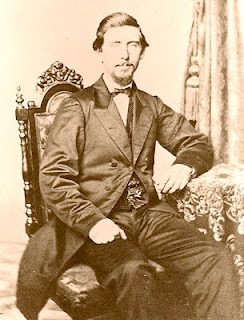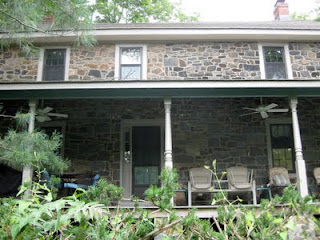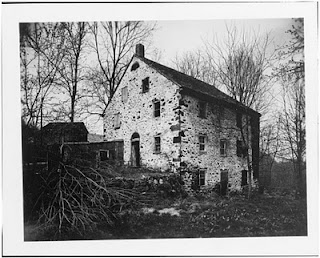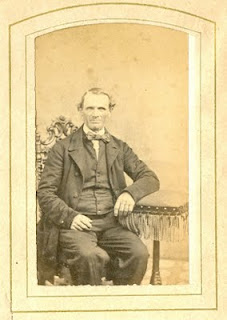What's the "Hundred" in Mill Creek Hundred?
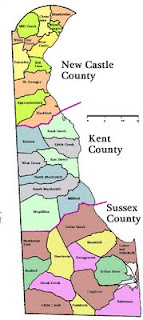
A couple weeks ago I was talking to a friend who lives out of state, and he asked me what seems like it should be a fairly simple question: "What does "Hundred" mean, in "Mill Creek Hundred"? For those of us who have lived for an extended time in Delaware (especially New Castle County), we're probably used to hearing "Mill Creek Hundred", or "Brandywine Hundred", but we may not think much about where the term comes from. I've actually sidestepped this post for this long because there really isn't a good, simple answer to the question. Or, there is a simple answer, but it's not good enough. Or, there's several good answers, but none of them are exactly right ... but none of them are completely wrong. Sometimes, thinking too hard about a word only serves to confuse things. But, I've come this far, and never let it be said that I'm not willing to try to confuse things even more. We'll start with what should be t



